The United Nations declared 2023 ‘The International Year of Millets’, highlighting a so-called “nutri-cereal” that has fallen out of favour in recent years, even though people in Asia and sub-Saharan Africa have been eating it for about 7,000 years.
Millet just is one of many ‘ancient grains’ that have been finding new appreciation and wider interest in recent years. As a marketing term, ‘ancient grains’ refers to a group of grains and pseudocereals that haven’t been significantly altered by selective breeding in the same way as modern varieties like wheat, corn and rice. Ancient grains are generally more compatible with organic growing, as they reduce the need for fertilisers, pesticides and irrigation.
Touted as much for their nutritional benefits as their ecological credentials, cereals like buckwheat, amaranth and quinoa are taking a comeback tour of kitchens around the world. We take a look at their celebrated revival, with an encore that includes some recipes so you, too, can start cooking with these grains.
Ancient Wheat Varieties
Einkorn and emmer, also known as farro, are considered early domesticated wheat species – with archaeological evidence dating them back to 9000 BCE. Khorasan wheat (trademarked as Kamut® in the US, meaning ‘wheat’ in an ancient Egyptian language) has never been changed through modern breeding. Ancient wheat varieties are considered easier to digest than hybrid wheat varieties, which have a stronger gluten structure. These age-old grains are mostly ground to flour for bread, pizza or pasta, but their whole grain form lends itself to a variety of delicious uses; for example, here is a great collection of vegetarian recipes with emmer/farro whole grains.
Spelt, a staple food during the Middle Ages, is a cousin to common wheat, and packs a lot of protein, Vitamin B2 and zinc. It has a chewy texture and nutty flavour, often used as flour for bread baking. However, the whole grains work wonderfully in a salad or stir-fry.
Barley
Not just for beer production, barley is a fantastic grain to incorporate into your diet. It is a fibre champion, boasting 17 grammes of fibre per 100 grammes, and containing a soluble fibre called beta-glucan, which can help to control blood sugar. Protein, minerals and vitamin B3 round out its profile. Barley is one of the earliest cultivated crops, dating back as far as 6000 BCE, and today is mostly used in soups, stews and porridges.
Millet
Millets are technically seeds that can grow in relatively poor soil and under rough conditions. In India, the world’s largest producer of the crop, millet is used for porridge and ground as flour for baked goods. The most common millet types are finger millet, also called ragi, traditionally found in southern India, and pearl millet, or bajra, found in India’s semi-arid regions. Others include foxtail millet, proso millet and fonio, the latter of which is mostly found in West Africa. The different types of millet vary in colour, size and texture, but are all equally nutritionally dense, with high levels of iron, calcium and fibre. They are also naturally gluten-free.
Buckwheat
Famous for its use in French galettes, Japanese soba noodles and Eastern European blinis, buckwheat is not actually a grain, but rather a fruit from a plant related to rhubarb. The pyramid-shaped kernels of the plant, called groats, are ground into flour – husk intact – giving the flour its typical dark colour and robust, nutty flavour. Buckwheat is gluten-free and high in Vitamin B2 and B3, as well as minerals, protein and fibre. Make some pancakes, or try some toasted groats as a salad topper.
Teff
You might know spongy injera, the staple flatbread of Ethiopian and Eritrean cuisine, but did you know it’s made with teff, a nutrient powerhouse? This teeny-tiny grain – the name ‘teff’ is thought to be related to the word for ‘lost’ in Amharic – with an earthy-sweet flavour is great for a warm, porridge-like breakfast, an Ethiopian-style stew, a healthy grain bowl with lots of veggies, or a polenta-style dish. Teff packs protein and lots of minerals like calcium, iron and potassium, and is naturally gluten-free.
Quinoa
The Incas considered this crop sacred, referring to it as ‘the mother of all grains’. A pseudocereal (a non-grass plant whose fruits or seeds are used in the same way as grains), quinoa has hit the Global North as a superfood since 2008, and a ‘quinoa boom’ followed: export volume and prices skyrocketed, negatively impacting farmland and the environment in Peru and Bolivia; the media reported that modest-income families were no longer able to afford the food they once enjoyed as a nutritious staple. This news, along with increased quinoa production across the globe, led to a ‘quinoa bust’ with prices tanking, even though this report shows families in Peru and Bolivia weren’t as reliant on the food as reported. Many smaller Andean farmers are still working the land sustainably, so choose fair-trade and certified organic to enjoy this gluten-free food high in fibre, minerals, antioxidants and protein (up to 18%!). Its nutty flavour works great in recipes both savoury and sweet, from a breakfast bowl with cinnamon to a Mexican stew or a mushroom ‘quinotto’.
Amaranth
Another pseudocereal, amaranth is also a seed that looks like a grain. It was eaten by the Aztecs and offered to the gods at religious ceremonies, until it was banned by Spanish colonists arriving in South America. Amaranth is a sturdy red plant with feathery red plumes and reddish stems, whose tiny seeds pack an impressive amount of protein, fibre and vitamins B, C and E, as well as minerals such as calcium, magnesium and iron. Amaranth has a nutty-sweet flavour and can be used to substitute rice, couscous or oatmeal in recipes such as this breakfast amaranth with walnuts and honey. You can also use it to thicken and flavour soups. In Central and South America, the seed is often popped and eaten as a healthy sweet snack. As with quinoa, look for a fair trade or eco-social logo.
If you want to incorporate ancient grains into your diet, remember to mix it up. Each grain has its own texture, flavour and nutritional profile, and choosing a variety of them will help you enjoy a balanced, healthy diet.

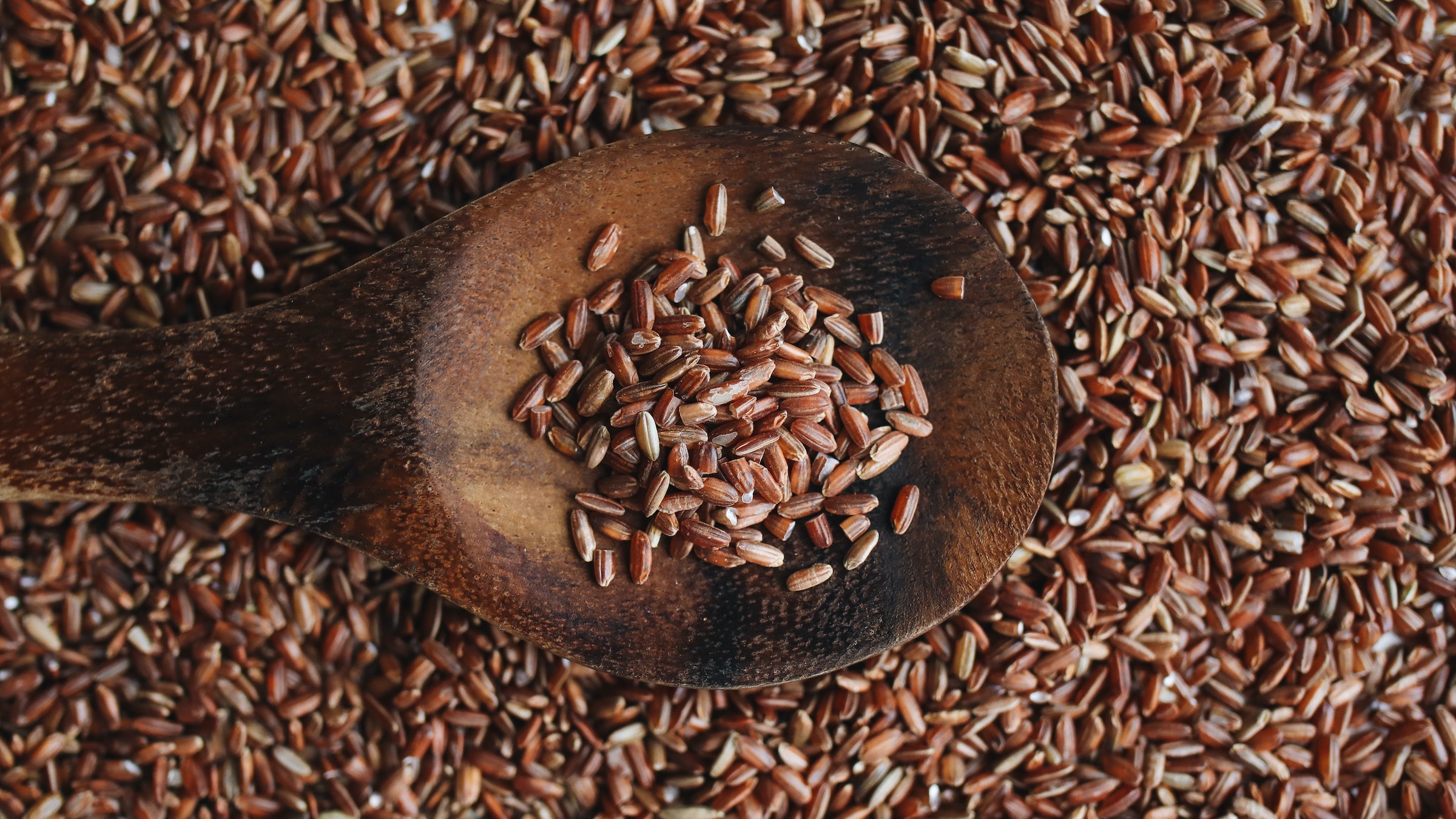
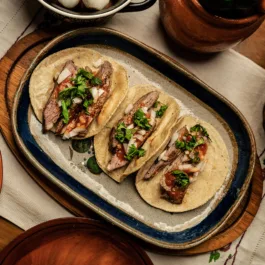

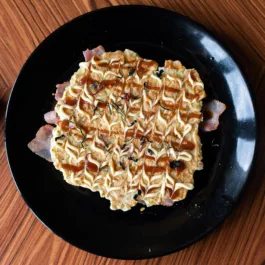
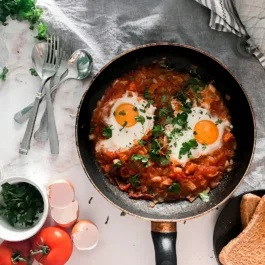

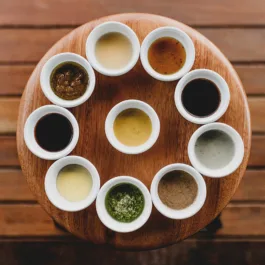


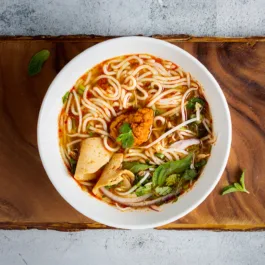
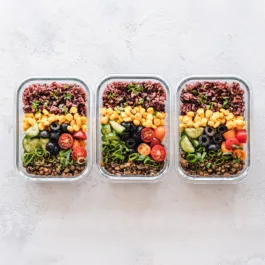

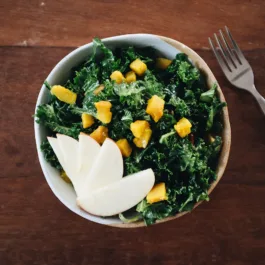
Sorry, the comment form is closed at this time.